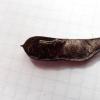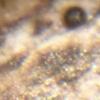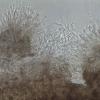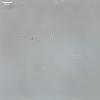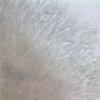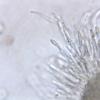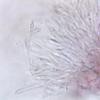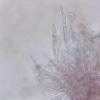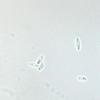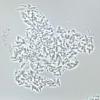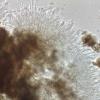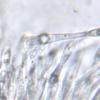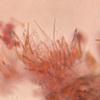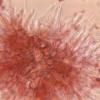
15-12-2025 07:09
 Danny Newman
Danny Newman
indet. Rutstroemiaceae sp. on unk. fallen leavesMc

18-12-2025 21:17
Pol DebaenstThe identification took me to Byssonectria deformi

19-12-2025 10:10
Patrice TANCHAUDBonjour, récolte réalisée en milieu dunaire, a

18-12-2025 17:23
 Bruno Coué
Bruno Coué
Bonjour,je serais heureux d'avoir votre avis sur c

18-12-2025 18:07
Margot en Geert VullingsThese plumes were found on rotten wood.They strong

17-12-2025 18:35
 Michel Hairaud
Michel Hairaud
Bonjour à tous/Hi to everyone I am passing along

15-12-2025 15:48
 Danny Newman
Danny Newman
Melanospora cf. lagenaria on old, rotting, fallen

15-12-2025 15:54
 Johan Boonefaes
Johan Boonefaes
Unknown anamorph found on the ground in coastal sa

15-12-2025 21:11
 Hardware Tony
Hardware Tony
Small clavate hairs, negative croziers and IKI bb
A second anamorph on seed-pod Cytisus
François Bartholomeeusen,
22-04-2025 10:37
Black conidiomata breaking through the epidermis, with an average diameter less than 50 µm;
a)The conidia are hyaline, elliptical / fusiform with some lipid bodies in the vicinity of the poles.
Dimensions: (5.7) 7.9 - 10.1 (10.7) × (2.3) 2.8 - 3.6 (3.9) µm
Q = (2.1) 2.3 - 3.3 (3.9); N = 30
Me = 9 × 3.2 µm; Qe = 2.8
b) Conidiophore longer than 30 µm and almost 3 µm wide
Thanks in advance,
François Bartholomeeusen
Hans-Otto Baral,
22-04-2025 16:24

Re : A second anamorph on seed-pod Cytisus
I compared the anamorph of "Pezicula" scoparia which is the anamorph of Apiculospora spartii Wijayawardene et al. 2016. ITS of that from Spartium is congruent with P. scoparia on Cytisus scoparius. The conidia get larger and finally dark brown and septate, however.
The species is in my folder scoparia of Rodwaylla (Pezizellaceae).
François Bartholomeeusen,
23-04-2025 18:42
Re : A second anamorph on seed-pod Cytisus
Dear Zotto,
Thank you very much for your reply. I compared my find with your folder "scoparia of Rodwaylla" but there was no match.
Today I examined again another conidiomatum and my findings are the same. The conidia are and remain hyaline. As I reported to Bernard Declerck regarding my previous entry on the forum, I will classify this find under 'UFO' (unidentified fungal object).
Kind regards Zotto and thanks again,
François
Thank you very much for your reply. I compared my find with your folder "scoparia of Rodwaylla" but there was no match.
Today I examined again another conidiomatum and my findings are the same. The conidia are and remain hyaline. As I reported to Bernard Declerck regarding my previous entry on the forum, I will classify this find under 'UFO' (unidentified fungal object).
Kind regards Zotto and thanks again,
François

